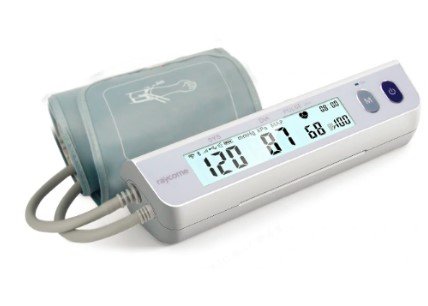The Role of Phlebotomists in Telemedicine Consultations
Summary
- Phlebotomists are essential in collecting blood samples which are crucial for Diagnostic Tests in telemedicine consultations.
- They ensure accuracy and efficiency in sample collection, which is vital for providing accurate diagnoses and treatment plans.
- Phlebotomists play a pivotal role in bridging the gap between Healthcare Providers and patients during telemedicine consultations.
The Role of Phlebotomists in Telemedicine Consultations
Telemedicine has become an increasingly popular and convenient option for patients seeking medical consultation in the United States. With the advancement of technology, Healthcare Providers can now connect with patients remotely through video calls and other digital platforms. While telemedicine offers numerous benefits, such as accessibility and convenience, there are certain challenges that need to be addressed, particularly when it comes to collecting blood samples for Diagnostic Tests. This is where phlebotomists play a crucial role in facilitating telemedicine consultations.
Collection of Blood Samples
One of the key responsibilities of phlebotomists in the context of telemedicine consultations is the collection of blood samples. Diagnostic Tests often require bloodwork to assess various health parameters such as cholesterol levels, blood sugar levels, and markers for specific diseases. Phlebotomists are trained professionals who specialize in drawing blood from patients in a safe and efficient manner.
During telemedicine consultations, phlebotomists visit patients at their homes or designated locations to collect blood samples as per the healthcare provider's instructions. They use sterile techniques and proper equipment to ensure the accuracy and reliability of the samples. This is essential for providing Healthcare Providers with the necessary information to make accurate diagnoses and treatment plans.
Accuracy and Efficiency
Phlebotomists play a crucial role in ensuring the accuracy and efficiency of the blood sample collection process. They follow strict protocols to prevent contamination and ensure that the samples are properly labeled and stored for transportation to the laboratory. This attention to detail is vital for obtaining reliable Test Results that can guide Healthcare Providers in their decision-making process.
Moreover, phlebotomists are trained to handle various challenges that may arise during the blood collection process, such as Difficult Veins or patient anxiety. Their expertise allows them to navigate these situations with skill and compassion, ensuring a positive experience for the patient and obtaining the necessary samples for testing.
Bridging the Gap
Phlebotomists play a pivotal role in bridging the gap between Healthcare Providers and patients during telemedicine consultations. While the healthcare provider interacts with the patient remotely, the phlebotomist serves as the link that facilitates the collection of essential blood samples. Their presence ensures that the necessary Diagnostic Tests can be conducted, even in a remote setting, enabling Healthcare Providers to make informed decisions about the patient's care.
Furthermore, phlebotomists play a key role in patient education and support during the blood collection process. They communicate with patients about the procedure, address any concerns or questions they may have, and provide reassurance to alleviate any anxieties. This personalized approach helps to create a sense of trust and comfort, leading to a more positive overall experience for the patient.
Conclusion
In conclusion, phlebotomists play a vital role in facilitating telemedicine consultations in the United States. Their expertise in blood sample collection ensures the accuracy and efficiency of Diagnostic Tests, which are essential for providing quality healthcare remotely. By bridging the gap between Healthcare Providers and patients, phlebotomists contribute to the seamless delivery of telemedicine services, ultimately enhancing patient care and outcomes.

Disclaimer: The content provided on this blog is for informational purposes only, reflecting the personal opinions and insights of the author(s) on the topics. The information provided should not be used for diagnosing or treating a health problem or disease, and those seeking personal medical advice should consult with a licensed physician. Always seek the advice of your doctor or other qualified health provider regarding a medical condition. Never disregard professional medical advice or delay in seeking it because of something you have read on this website. If you think you may have a medical emergency, call 911 or go to the nearest emergency room immediately. No physician-patient relationship is created by this web site or its use. No contributors to this web site make any representations, express or implied, with respect to the information provided herein or to its use. While we strive to share accurate and up-to-date information, we cannot guarantee the completeness, reliability, or accuracy of the content. The blog may also include links to external websites and resources for the convenience of our readers. Please note that linking to other sites does not imply endorsement of their content, practices, or services by us. Readers should use their discretion and judgment while exploring any external links and resources mentioned on this blog.
